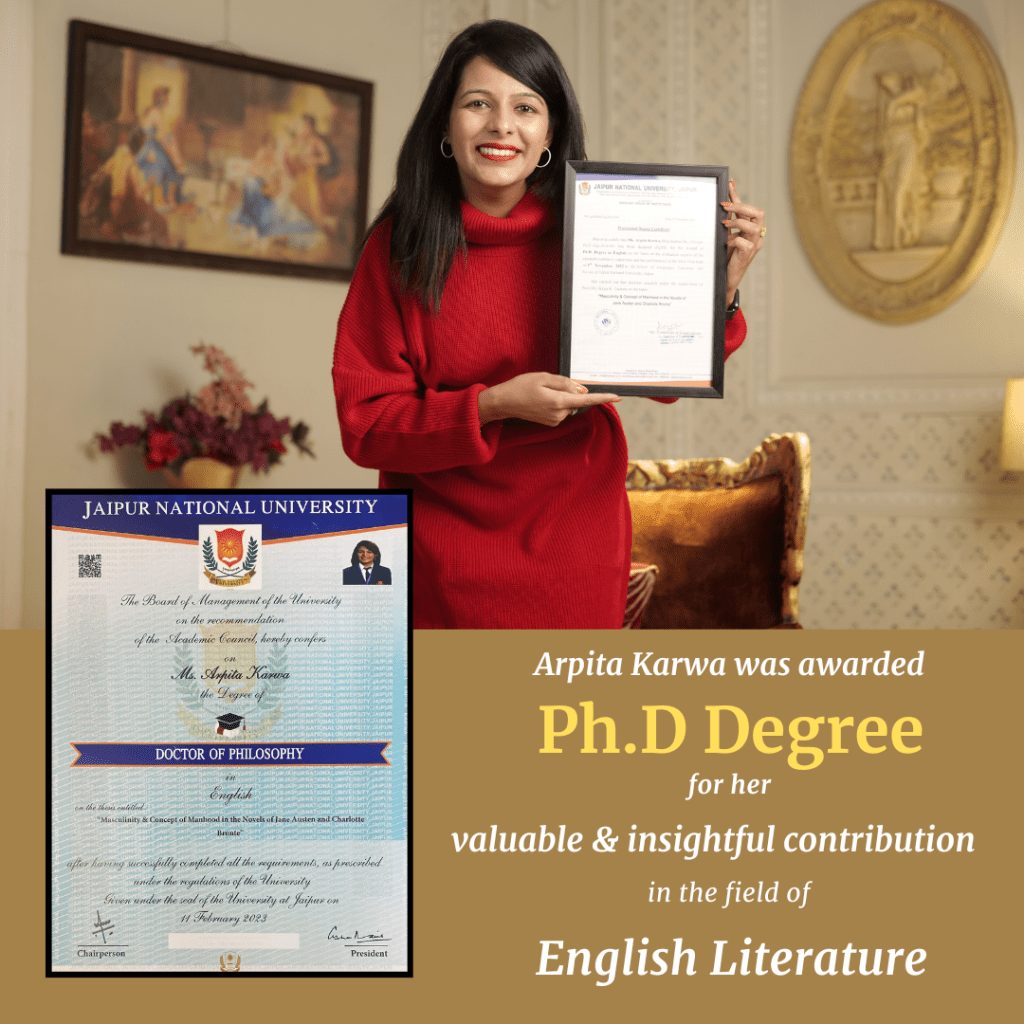UPSC English Paper 1 2022
June 19, 2023 2023-12-05 19:47UPSC English Paper 1 2022
2022 UPSC English Paper-1
ENGLISH
Paper – II
(LITERATURE)
Questions Paper Specific Instructions
Please read each of the following instructions carefully before attempting questions:
• There are EIGHT questions divided in Two Sections.
• Candidate has to attempt FIVE questions in all
• Questions no. 1 and 5 are compulsory and out of the remaining, any THREE are to be attempted choosing at least ONE question from each Section.
• The number of marks carried by a question/part is indicated against it.
• Answers must be written in ENGLISH
• Word limit in questions, wherever specified, should be adhered to.
• Attempts of questions shall be counted in sequential order. Unless struck off, attempt of a question shall be counted even if attempted partly. Any page or portion of the page left blank in the Question-cum-Answer Booklet must be clearly struck off.
SECTION-A
Q.1) Critically comment in about 150 words each on the passages, focussing on the context:
(a) Too long a sacrifice
Can make a stone of the heart.
O when may it suffice?
(W. B. Yeats)
(b) I had seen birth and death,
But had thought they were different; this Birth was
Hard and bitter agony for us, like Death, our death.
(T. S. Eliot)
(c) But someone told me
he got two lines
in an inside column
of a Madras newspaper
(A. K. Ramanujan)
(d) About suffering they were never wrong, The old Masters: how well they understood Its human position: how it takes place While someone else is eating or opening a window or just walking dully along;
(W. H. Auden)
(e) Always too eager for the future, we Pick up bad habits of expectancy.
(Philip Larkin)
Q.2) Answer all of the following:
(a) The Love Song of J. Alfred Prufrock has been interpreted in multiple ways; but it still remains an elusive poem. Discuss.
(b) John Osborne brought authenticity into contemporary English theatre through the effective use of the vernacular and naturalistic characterization. Comment. 15 (c) A. K. Ramanujan has earned praise for his craftsmanship. What features of his writing style mark him out as one of the most talented in Indo-Anglican poetry? 20
Q.3) Answer all of the following:
(a) Analyse the major themes discussed in the play Look Back in Anger.
(b) Samuel Beckett’s Waiting for Godot is often mentioned as a play that falls into both the modern and post-modern genres. Evaluate.
(c) Nostalgia for earlier Britain and its pastoral ways of life dominate the spirit of Movement Poetry. Substantiate with reference to the poetic collection of Philip Larkin.
Q.4) Answer all of the following:
(a) W. H. Auden’s poems deal with a wide variety of themes that enrich his poetic style. Discuss with reference to the poems prescribed in the syllabus.
(b) Does the play Waiting for Godot create hope or hopelessness in the readers? Substantiate your answer with suitable examples from the play.
(c) In the poem The Second Coming, W. B. Yeats integrates history and mythology into an organic whole. Substantiate your answer with suitable examples from the poem.
SECTION-B
Q.5) Answer the following in about 150 words each:
(a) Evaluate how Sons and Lovers is a suitable title for D. H. Lawrence’s novel.
(b) The theme of innocence and experience is central to the novel A Portrait of the Artist as a Young Man. Discuss.
(c) “How terrible it would have been…to have lived and died as one had been born, unnecessary and unaccommodated.” How does this sentence throw light upon the troubled mind of the protagonist in A House for Mr. Biswas?
(d) One of the striking features of Lord Jim is its narrative style. Analyse. (e) Shakespeare is a central motif in the novel Mrs. Dalloway. Elaborate.
Q.6) Answer all of the following:
(a) In A Portrait of the Artist as a Young Man, the author makes extensive use of the stream of consciousness technique to represent the fluid and turbulent nature of the human mind. Elaborate.
(b) Comment on how V. S. Naipaul in his A House for Mr. Biswas views the colonial world with post-colonial views.
(c) Achakka, in the novel Kanthapura, is not an individual; she is the voice of the entire group of Brahmin women she represents. Elucidate.
Q.7) Answer all of the following:
(a) Sons and Lovers examines the emotional dynamics of the Morel family. Analyse.
(b) Discuss how Joseph Conrad narrates the saga of Jim’s lifelong search to regain his honour.
(c) Bring out the dynamics of relationship between Dr. Aziz and Fielding in A Passage to India.
Q.8) Answer all of the following:
(a) In the novel A Passage to India, E. M. Forster analyses the possibility of Indians and Englishmen becoming friends in the colonial context. Discuss.
(b) In Mrs. Dalloway, Clarissa and Septimus never meet; but the connection between them plays an important role in the novel. Do you agree?
(c) Kanthapura is a reminder of the effect of British colonialism in India and why Gandhism was so appealing. Substantiate.
















